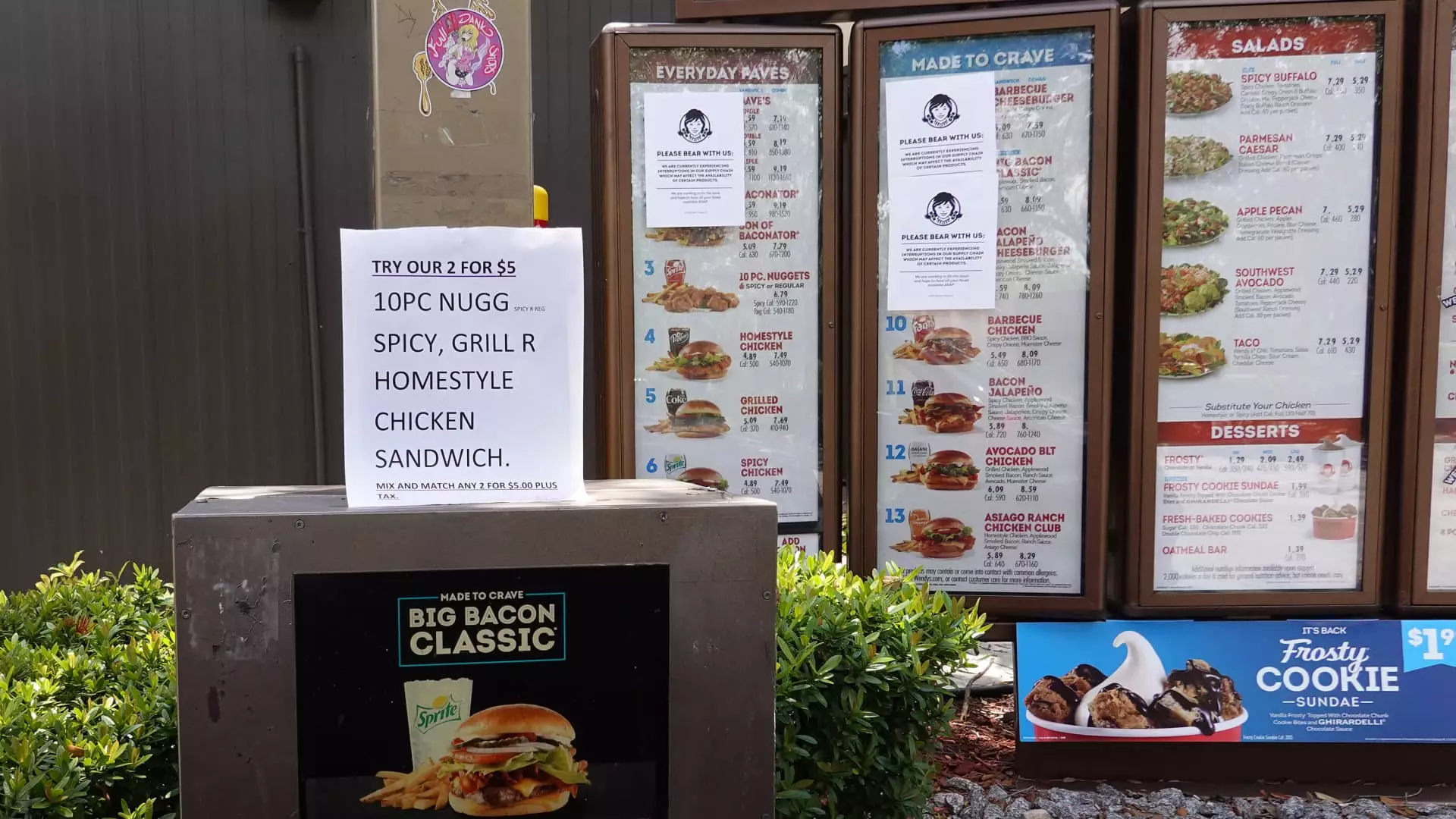In July, inflation rose as expected, driven mainly by higher housing-related costs, as reported by the Labor Department. The consumer price index, which measures prices for goods and services, increased by 0.2% for the month, resulting in a 2.9% inflation rate over the past 12 months. Economists had predicted slightly lower readings, with expectations of 0.2% for the monthly increase and 3% for the annual rate. Excluding food and energy, the core CPI showed a 0.2% monthly increase and a 3.2% annual rate, meeting the anticipated figures. However, the annual rate is the lowest since March 2021, indicating a trend of declining inflation rates.
The significant driver of the inflation increase was a 0.4% rise in shelter costs, which accounted for 90% of the overall increase in all-items inflation. This trend highlights the importance of housing-related expenses in the inflation rate. Surprisingly, food prices only climbed by 0.2%, while energy costs remained flat. Despite the modest increase in food inflation, specific categories experienced substantial price hikes, such as eggs, which saw a 5.5% increase. Conversely, cereals, bakery items, and dairy products experienced slight declines. The inflation readings suggest a gradual return to the Federal Reserve’s 2% target.
Following the release of the inflation report, stock market futures reacted mildly negative, while Treasury yields increased. The futures market indicates a higher probability of a quarter percentage point reduction in interest rates at the Fed’s upcoming meeting in September and potentially more cuts by the end of 2024. Analysts have noted that the latest CPI print eases any remaining concerns about inflation hindering the Fed from initiating a rate-cutting cycle in September. While the report indicates a need for rate cuts, there is no immediate urgency for a significant 50 basis point decrease.
Despite the easing inflation, concerns have emerged regarding a potential slowdown in the labor market. This issue has raised the likelihood of the Federal Reserve implementing rate cuts for the first time since the onset of the Covid crisis. Analysts are closely monitoring both inflation data and employment figures to gauge the overall economic health.
While the overall inflation rate has decreased, certain sectors continue to demonstrate stubborn inflation. Automotive prices, for instance, have declined, with new vehicles dropping by 0.2% and used cars and trucks falling by 2.3% in the past month. However, auto insurance costs have increased by 1.2% and are up by 18.6% over the past year. The housing sector, which forms a substantial portion of the index, has seen a rise in rental costs, defying expectations for a decline in housing-related expenses. On the contrary, some categories have shown signs of deflation, including medical care services, apparel, and core commodity prices.
While the rise in inflation was expected, the impact on the economy remains multi-faceted. The housing sector continues to play a crucial role in driving inflation, while concerns about a slowing labor market and persistent inflation in specific areas require close monitoring. The Federal Reserve’s decision on interest rates in the upcoming months will be greatly influenced by these factors, as the economy strives for stability and growth amidst varying inflationary pressures.


Leave a Reply